Robert Conway Talks The Encounter

Robert Conway decided a mish-mash of Predator, The Thing, and Fire in the Sky would do perfectly fine for his latest cinematic jaunt. On DVD and VOD June 2, The Encounter tells of a camping trip that goes horribly wrong.
Things start out normal when Colin Bastrow is camping with his wife and friends, but an inexplicable event occurs, resulting in Colin being found naked and cold in the forest the next day with no sign of his wife and friends. Colin can’t recount these events initially, but they come back to him over time in shocking fashion. Can he remember before the same happens to others?
Dread Central: The DVD sleeve makes this film look like a contemporary take on John Carpenter’s The Thing. Is that the best way to describe it then?
Robert Conway: For this film I drew inspiration from many great films and filmmakers. If I had to compare it another movie, I would have to say it’s a cross between Fire in the Sky and Predator, but I’m a huge John Carpenter fan and The Thing has some key similarities to my film. There’s the sense of isolation with our characters being cut off from the rest of the world and forced to cope with a hostile alien. There is deliberate ambiguity about the how, why and where the aliens came from and what their intentions are. Playing more on mystery than exposition is always the way to go with horror.
DC: It’s a found footage movie. What were your reasons for filming it in this way? I’m assuming it was a combination of economical and creative?
RC: For me the choice to go found footage was more a play on the real world reported sightings of UFOs and aliens. Yes, we had a limited budget, but I could have done this as a traditional narrative for the same money, so it was more the POV perspective thing and trying to create what a real world hostile alien encounter would look like. This was my first time working in found footage, and I found it far more challenging then I expected. With proper coverage we can use the edit to hide a lot of missteps. In the case of found footage that’s just not an option as most of the time we have nothing to cut to.
DC: Are you surprised you were able to pull off as much as you did for the budget?
RC: Not surprised because this was not our first rodeo. Most of my crew have been with me since film school so we are used to making films with complex production elements on a small budget. As many times as we do it, the process never gets easier, but this being our third feature, I had total faith in my crew that we could pull it off and hopefully hide the fact that we were working on a micro budget.
DC: I’m sure you’d agree that there have been some great found footage movies and also a lot of bad ones – which can be largely attributed to the big Hollywood studios. How is it that some get it so wrong?
RC: I think the biggest problem with found footage films that don’t work is in the pacing. In many ways it’s a very difficult sub-genre [in which] to create a compelling and well-paced narrative. Holding on pointless shots for too long or having dialogue that reads like bad improv will kill a film faster then anything else. When directing a found footage film, you need to find creative ways of employing a traditional narrative structure as much as possible. The story needs to move fast like an action film and not rely on long scenes of pointless dialogue that just waste time until the next scare. Dialogue needs to not only be plot relevant but well paced and as brief as possible. As with all films, directors should sit back and objectively watch the scene they are creating and ask themselves if they are bored by what they are seeing. If the answer is yes, then you know you have to change something because if the scene doesn’t work for you, there is very small chance it will work for the audience.
DC: Are those poor found footage ones hurting the sub-genre, you think?
RC: Yes, with all sub-genres of filmmaking this is true. The more times a moviegoer is disappointed with a sub-genre, the less interested they become in it. This is especially true with found footage because of the misconception that you don’t need to follow any rules of conventional storytelling. The fact that you need to shoot long hand-held single takes to cover your scene should be considered a challenge and not an excuse to become lazy. For me at least, I found Encounter far more difficult to direct than my other films where I have so many more tools to create with. Use of great cameras, lenses, music, sound design are all removed from your arsenal so the key is to find other ways to make your scenes work in this very bare bones approach. It’s not easy but very satisfying when you feel like you’ve managed to make a compelling film without most of the toys you’re used to using.
DC: Where did you film the movie? There are some neat locations there!
RC: The film was shot almost entirely in the Tonto National Forest near Payson, Arizona, a great place to make a film about things going bump in the night but also aesthetically beautiful so the shots, even hand-held or in night vision, are interesting to look at.
DC: And your cast do a terrific job of effectively looking scared senseless. Where did you find them?
RC: We were very lucky when it came to casting. Most of the actors on this one were from LA. Some I had worked with before like my brother, Owen (Trevor), Dan Higgins (Duncan), and Clint James (Collin); but it was my first time working with Eliza Kiss (Alice) and Megan Drust (Kimberly). Most of the cast on this have strong theater backgrounds, and that was key to us getting our shots. Theater actors are used to long speeches without cutting, and this is essential for found footage film. But yes, we had a wonderfully talented cast, and they did a wonderful job being scared out of their whits.
DC: How do you create the great looking extra-terrestrials in the movie? Is there a secret recipe to making a good alien?
RC: For the aliens and spaceships I can’t take much credit. All that goes to my amazing visual and practical effects team of Cory Vandenbos, Jon Alexander, Borja Ortiz, and Kyle Schlosser. I would give them a very vague idea of what I wanted, and they took it from there.
DC: Have you a favorite alien movie? One that may have inspired The Encounter?
RC: My favorite is still the original Alien. [It’s] probably the best sci-fi/horror ever made so of course I drew a lot of inspiration from that, but my favorite UFO/abduction film is Fire in the Sky. Also The Thing and Cloverfield were big sources of inspiration for me.
DC: And we’d be remiss to ask, do you believe…?
RC: The ever-expanding universe is full of infinite possibilities. I’m a huge Trekkie and love all things sci-fi, and I am fascinated by the idea of encountering another species from across the galaxym but whether or not we have already been visited… I’ve seen some pretty cool stuff and heard some amazing stories, but I guess I’m still waiting for the smoking gun. But then again, anything is possible!
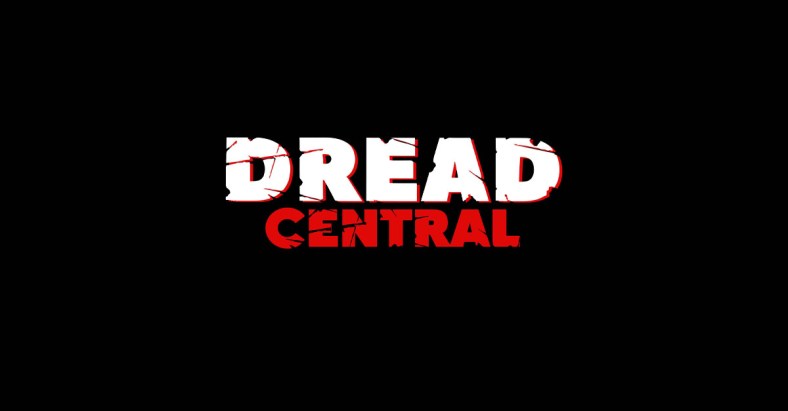
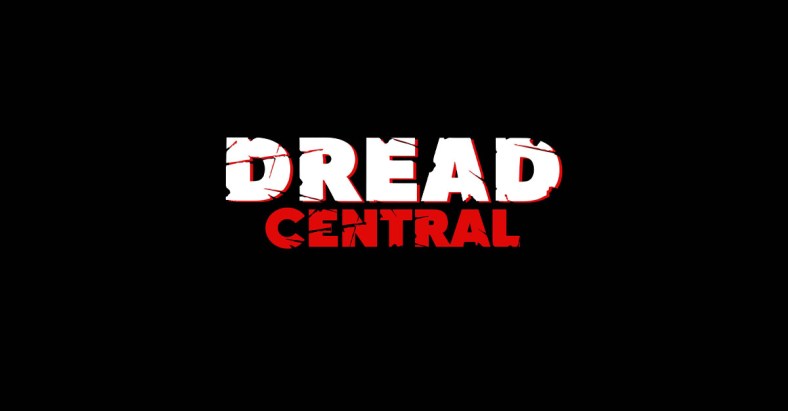
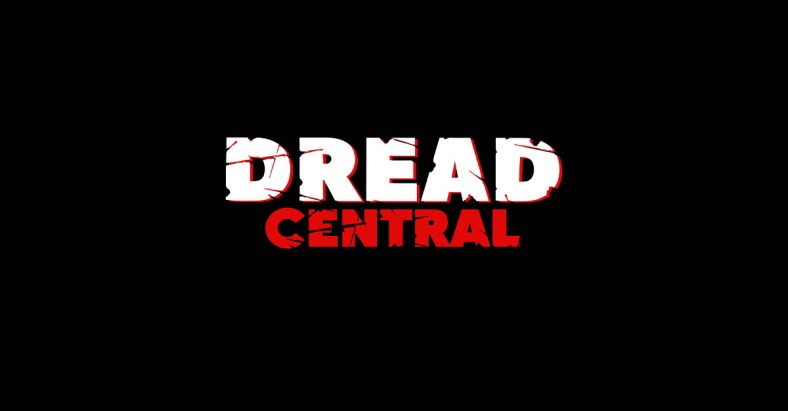
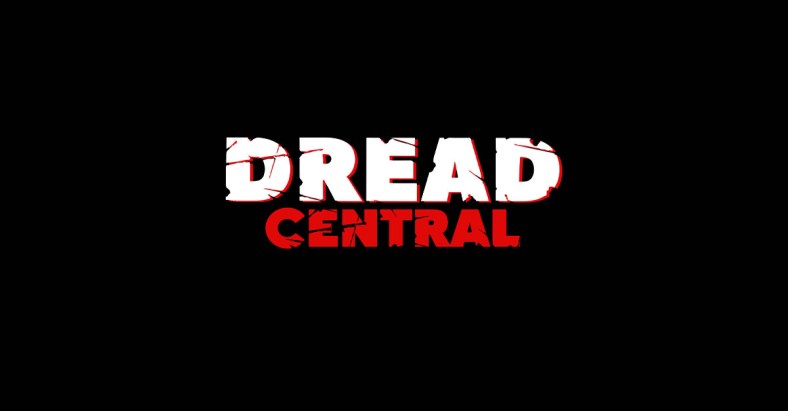
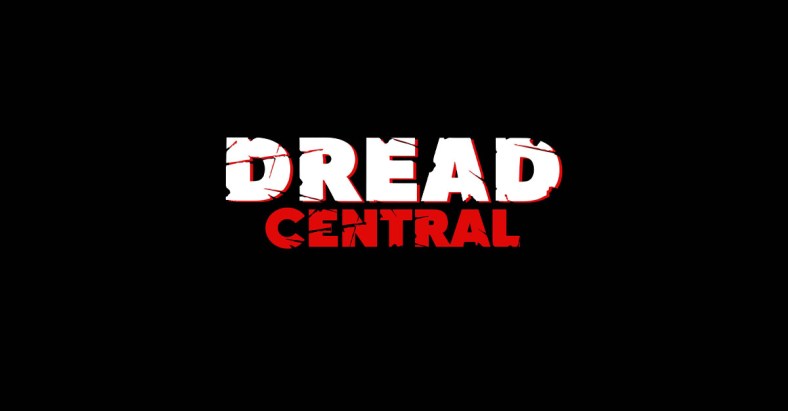
Categorized:News
